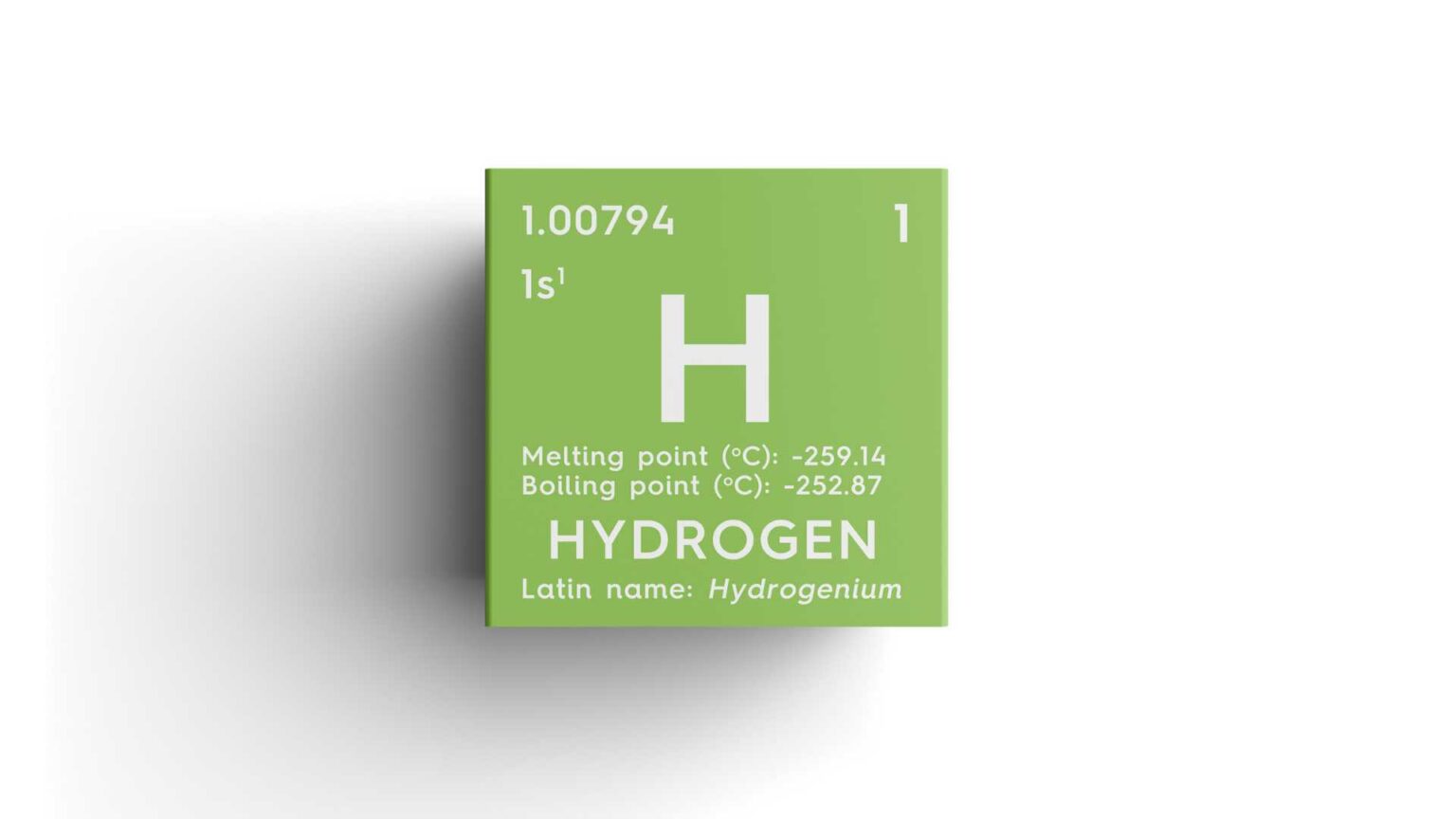Toyota Motor, a pioneer in automotive and energy solutions, has introduced a new patent for a hydrogen gas supply path in a fuel cell system.
This patent presents an innovative approach to managing hydrogen flow, aimed at improving the operational efficiency of fuel cell stacks.
One of the primary components of the patent is the unique supply path for hydrogen gas within a fuel cell system. This system is composed of multiple fuel cell stacks connected in series. The method behind this connection is designed to streamline hydrogen usage and enhance the fuel cell’s performance.
Central to the invention is the downstream supply path. This path is responsible for transferring hydrogen gas exhaust from an upstream fuel cell stack to a downstream stack. What sets this system apart is that it avoids recirculating the exhaust gas back to the upstream stack. By doing so, each stack can operate more efficiently, as issues associated with backflow are eliminated. This method leads to a more effective utilization of hydrogen gas, promising greater output from the fuel cell.
Alongside the downstream supply path, a circulating path is also incorporated within the system. This path is designed specifically for the downstream fuel cell stack, allowing any exhaust gas to be redirected within the same stack. By creating this localized circulation, the system ensures that any unused hydrogen is optimally used, thus minimizing waste and improving the stack’s overall energy output.
Toyota’s patented hydrogen gas supply path offers several potential benefits. By connecting the fuel cell stacks in series and optimizing the flow of hydrogen gas, the system can achieve greater fuel efficiency and reduce waste.
